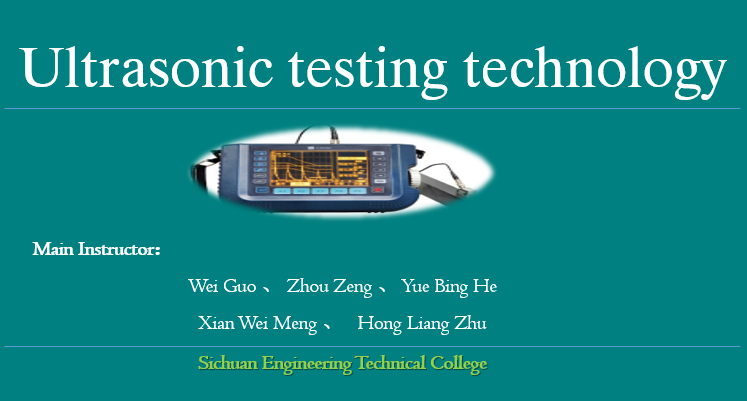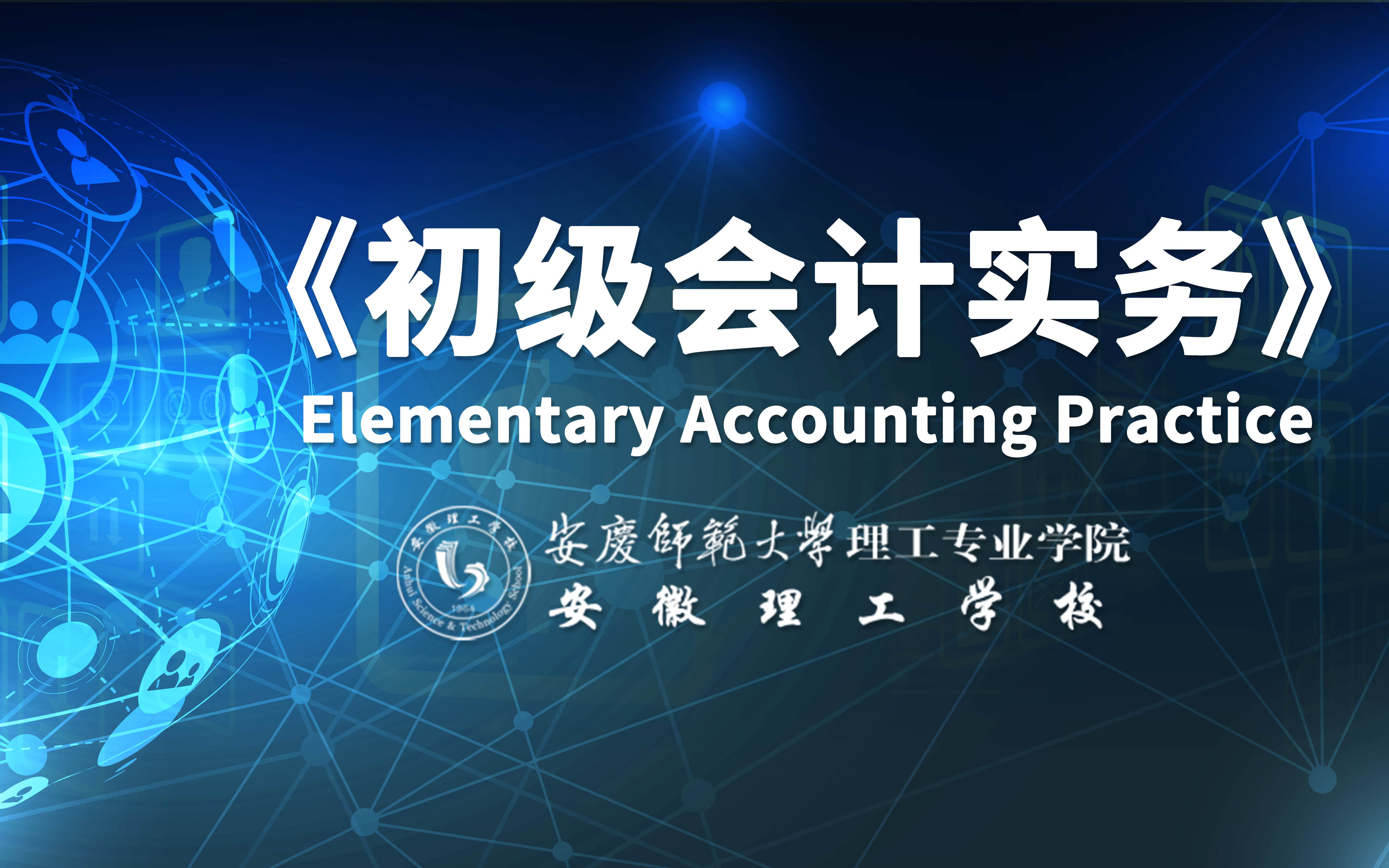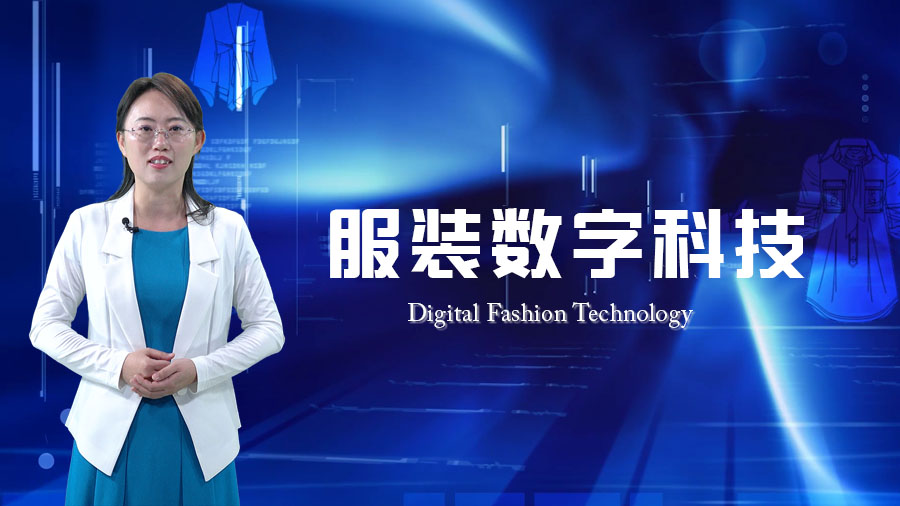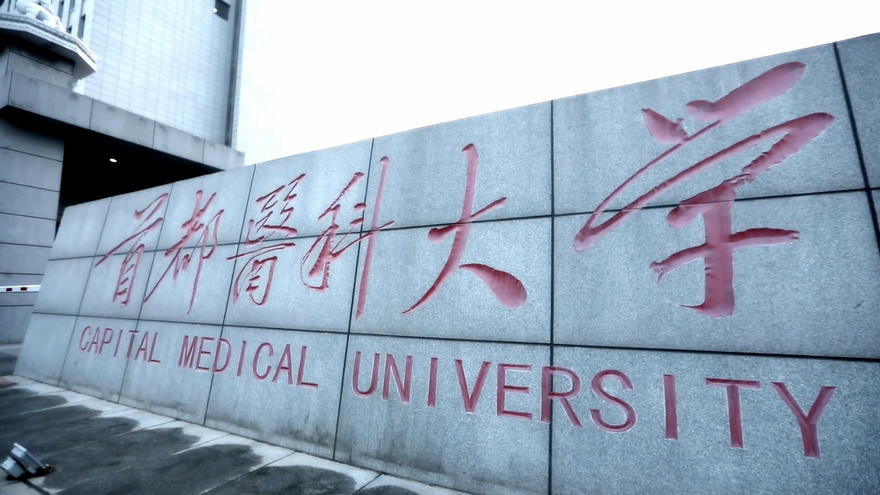
About This Course
"Ultrasonic Testing Technology" is the core professional course of physical and chemical testing and quality inspection technology, which has been opened in Sichuan Engineering Technical College for more than 20 years, and has cultivated more than 2,000 ultrasonic testing professionals for the society. At the same time, a stable team of full-time and part-time teachers was formed, and the "Twelfth Five-Year Plan" vocational education national planning textbook "Ultrasound Testing" edited by the main teacher of this course was born. The teaching team of this course has guided students to participate in the National College Students Nondestructive Testing (Ultrasound) Skills Competition for many times, and won the second and third prizes of the group and individual. In order to meet the requirements of the national modern education development strategy and meet the learning needs of online college students and practitioners in the whole society at any time and anywhere, the relevant content has been updated and supplemented in a timely manner, and a supporting online open course has been formed under the guidance of the general principle of "practical" and "sufficient". This course introduces the principles, equipment, and applications of ultrasonic testing technology. The main contents include the following aspects:
(1) Physical basis of ultrasonic testing: introduce the generation and propagation characteristics of mechanical vibration and mechanical waves, as well as the propagation and reflection laws of ultrasonic waves in materials. Understanding the physical basis of ultrasonic testing is a prerequisite for understanding this detection technology.
(2) Ultrasonic testing equipment: introduce the types, structure and working principle of ultrasonic testing equipment, such as analog ultrasonic detectors, ultrasonic testing probes and test blocks. Mastering the use of ultrasonic testing equipment is the basis for industrial applications.
(3) Ultrasonic testing process: introduce the determination method of ultrasonic testing instruments, probe frequency and wafer size and other detection parameters, which is a necessary condition for ultrasonic testing.
(4) Ultrasonic testing application: introduce the basic application of ultrasonic testing in the industrial field, such as ultrasonic testing of metal plates, forgings and welded joints. In addition, the key contents of the common standard NB/T47013 are also introduced. Mastering the application methods of ultrasonic testing is the key to achieving industrial inspection.
(5) Ultrasonic testing practice: introduce the use of ultrasonic testing instruments and their basic performance testing, AVG and distance-amplitude curve drawing, ultrasonic testing operations of forgings and welded joints, etc., emphasizing the key points that should be paid attention to in these practical operations. Mastering these basic operation skills can help to quickly improve the level of ultrasonic testing technology.
The online resources supporting this course include course information, teaching content (including videos and supporting PPT), assessment plans, problem banks, discussion boards, announcements and other sections. Teachers try to use easy-to-understand text expressions in their lessons, avoid unnecessary and cumbersome formula derivation, and instead show relevant theories in the form of pictures, animations and life examples. Teachers pay attention to the relationship between before and after knowledge, and pay attention to the connection between theory and practice, so that the relevant theoretical knowledge is not boring, which is convenient for scholars to understand and absorb.
Through the study of this course, students will be able to master the basic principles and application methods of ultrasonic testing technology, and be able to non-destructively test materials in industrial applications to ensure product quality and safety.
Requirements
1. Before studying this course, students should be familiar with basic knowledge in college physics, mechanical drawing, metal materials, and metal processing.
2. During the course, it is necessary to prepare relevant reference materials and study materials related to ultrasonic testing technology.
3. Pay attention to the deadlines for assignments, quizzes, and exams during the learning process to avoid missing submission deadlines.
4. Participate in online discussions and promptly ask questions during the learning process.
Course Staff
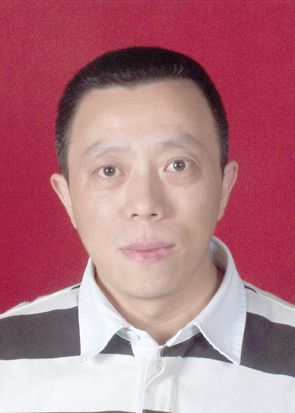
Wei GUO #1
Associate Professor, Bachelor degree, full-time teacher of the
Technology, member of the editorial board of the national nondestructive testing series of textbooks. He graduated from Hefei University of Technology in 1992 with a major in welding, and has successively engaged in professional construction, teaching and scientific research in the teaching and research departments of welding technology and automation, physical and chemical testing and quality inspection technology. His main research interests are metal material welding, non-destructive testing, etc. He holds the qualification certificates of ultrasonic testing level 3 of China Society of Nondestructive Testing, quality supervision bureau and aviation system radiographic testing level 2. In recent years, he has published papers in journals such as "Hot Working Technology" and "Journal of Sichuan Engineering Vocational and Technical College": zero correction discussion, overlay welding austenitic stainless steel erosion resistant layer on 900MW nuclear power high-pressure outer cylinder, etc. Complete the formulation of quality inspection professional personnel training plan and the construction of the key course of "ultrasonic testing technology". The main textbooks "Ultrasonic Testing", "Ultrasonic Testing Technology", "Nondestructive Testing Skills Training" and other core textbooks of physical and chemical testing and quality inspection technology. He has led students to participate in the National Nondestructive Testing Skills Competition for many times and won awards. He has led or participated in the installation, commissioning and training of non-destructive testing equipment in Sichuan High Voltage Switch Factory, Wuliangye Factory, Yangzhou Jinxin Electric Appliance and other enterprises, and completed the formulation and testing of non-destructive testing processes for its main products.
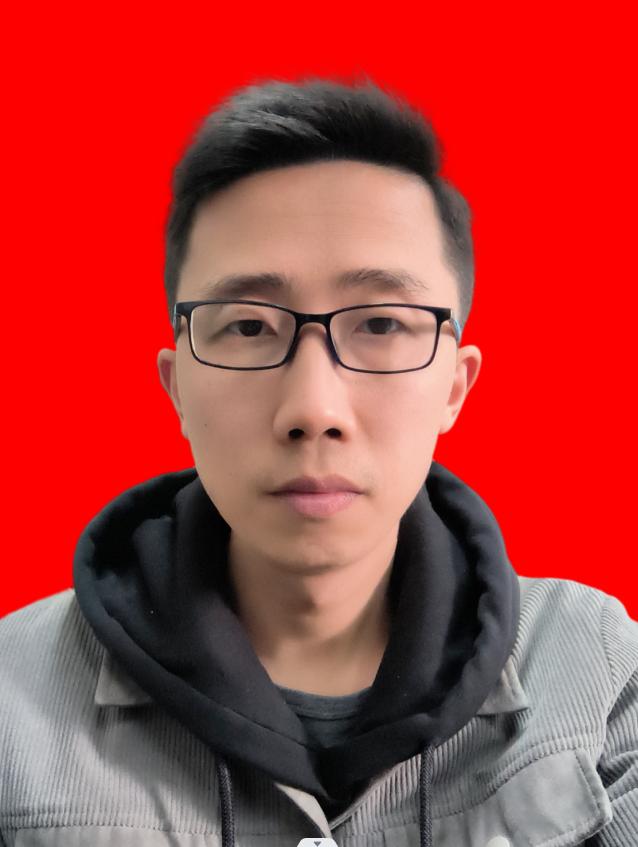
Zhou Zeng #2
master, experimentalist, engaged in heat treatment and inspection and testing technology for many years, participated in a number of provincial, municipal and school-level scientific research projects, presided over 3 university-level projects, published more than ten academic papers, guided college students' innovation and entrepreneurship projects for many times, and obtained 7 utility model patent authorizations. Guide students to participate in the "National College Students Nondestructive Testing (Ultrasound) Skills Competition and win the second prize once and the third prize twice. It has obtained the ultrasonic testing grade I certificate of Sichuan Special Inspection Association, the ultrasonic testing certificate of AVIC Group, and three certificates of short-time mechanics, fatigue mechanics and durable creep performance testing.
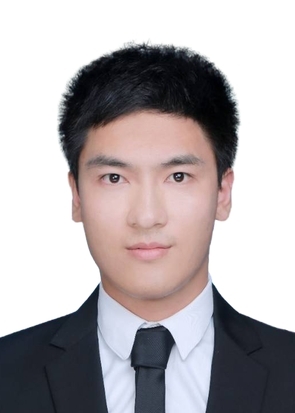
Yue Bin He#3
1990.01, Han, master, graduated from Nanchang Hangkong University, is currently a full-time teacher in the material department of Sichuan Engineering Vocational and Technical College, in addition to regular teaching, in Sichuan Aviation Inspection Co., Ltd. rotational training for five years, obtained a relatively rich experience in enterprise technical testing, and obtained the "short-time mechanics and ultrasonic testing personnel secondary certificate" certified by the Aviation Industry Corporation of China, can independently carry out mechanical testing and non-destructive testing of aerospace materials. As the company's responsible for metrological verification management personnel, formulate the rules and regulations of verification. During the rotation training, he solved more than ten technical problems for the enterprise, and applied for nearly ten utility model patents for the actual production. In addition, as one of the full-time teachers and "apprenticeship" class teachers, with the "double teacher" training, combining theory and practical operation, a group of students with both theoretical and practical ability have been cultivated.
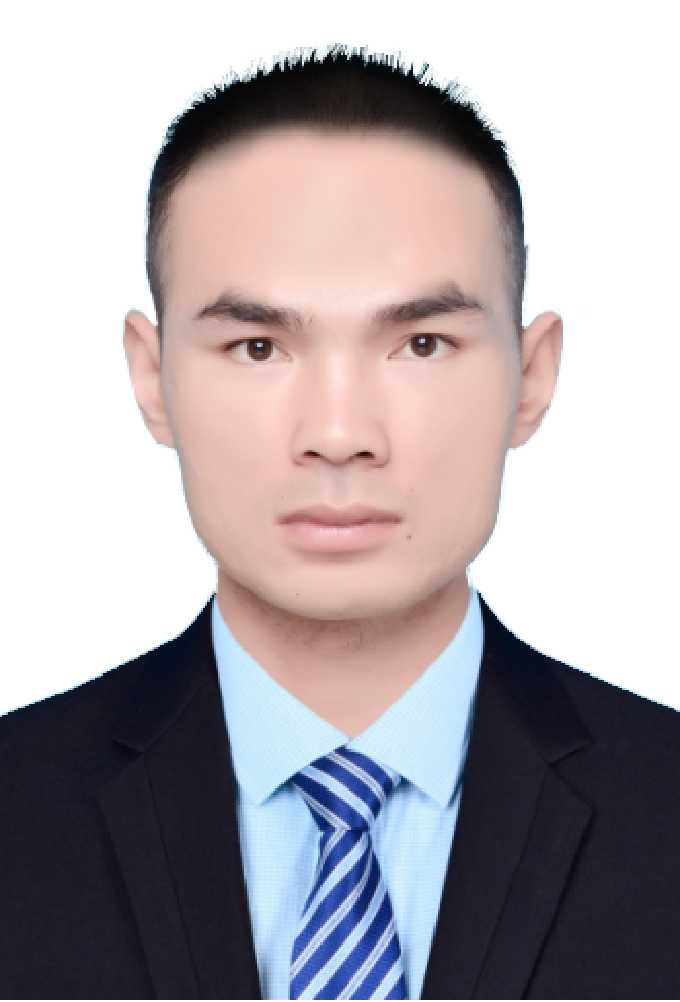
Xian Wei Meng #4
Meng Xianwei, lecturer, graduate student, major material mechanical property testing, non-destructive testing technology and system related research, published many first-author papers in Chinese and foreign journals.
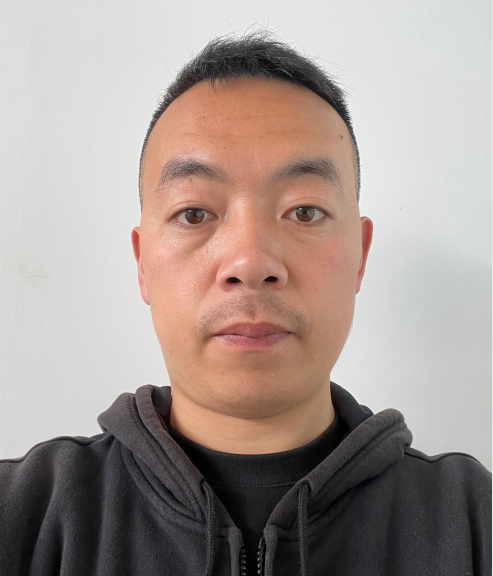
Hong Liang Zhu #5
Since joining the work in 2010, I have worked as a non-destructive testing technical inspector in Oriental Steam Turbine Co., Ltd., during which I have compiled more than 20 process regulations for various nuclear power valves, cylinders, low-pressure heaters and various pipelines, and have the honor to participate in the preparation and testing of Hualong No. 1 nuclear power rotor radiographic testing process regulations. Since 2019, he has served as the leader of the mechanics team in the Sichuan Testing Laboratory of Beijing Aviation Materials Institute, responsible for the testing of the mechanical properties of various materials in the laboratory, and concurrently serves as the deputy leader of the non-destructive group, participating in some technical analysis and process preparation.
Frequently Asked Questions
Q:What web browser should I use?
A:The Open edX platform works best with current versions of Chrome, Edge, Firefox, Internet Explorer, or Safari.
See our list of supported browsers for the most up-to-date information.
Q: What is the importance of ultrasound testing?
A: Ultrasound testing is one of the common methods used in non-destructive testing. It is widely used for the detection of internal defects in industrial raw materials, semi-finished or finished products, such as cracks, pores, inclusions, etc. It has a detection sensitivity of sub-millimeter level and is an important means of controlling product quality.
Q: What are the characteristics of ultrasound testing?
A: Ultrasound testing results can be displayed in various ways, such as A-scan, B-scan, C-scan, etc. Among them, A-scan is the most common display mode, which shows waveform and is the main focus of this course. Due to the existence of reflections, refractions, waveform transformations, and sound wave diffusions in the test object, there may be some interference signal displays or false defect displays. To improve the accuracy of the testing results, personnel need to integrate their theoretical knowledge and practical experience. Therefore, the prominent characteristic of ultrasound testing is the close combination of theory and practice.
Q: What are the current new techniques in ultrasound testing?
A: With the rapid advancement of technology, some new ultrasound testing techniques have emerged, gradually matured, and been applied in engineering practice. Examples include phased array ultrasound testing, time-of-flight diffraction (TOFD) ultrasound testing, water immersion focusing, 3D focusing, and three-dimensional imaging, etc.
Q: What are the teaching objectives of this course?
A: The teaching objectives of this course are aligned with the requirements of the industry II-level qualification certification exam. The content of the certification exam can be found in the national standard GB/T 9445.
Q: Is it possible to reach the industry II-level proficiency by only watching the course videos without reference textbooks?
A: This is generally difficult because the course videos alone, limited by their duration, cannot be equivalent to classroom teaching. Therefore, it is recommended to study relevant ultrasound testing materials while watching the instructional videos for better results. The recommended textbooks include the 2nd edition of "Ultrasound Testing" edited by the course leader or industry training textbooks. In addition, the certification exam content includes not only the basic theory of ultrasound testing but also industry standards.
Q: Any suggestions for the course study?
A: To excel in this course, pay attention to: 1) the coordination between instructional videos and reference textbooks, 2) completing online assignments and exams diligently, 3) asking questions in a timely manner and fully utilizing online communication platforms when encountering difficulties.

